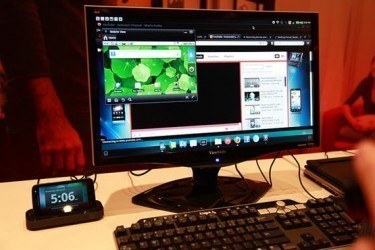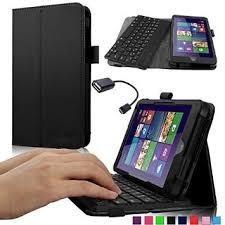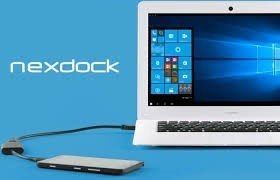
Technically, our smartphones are computers. Your programmable scientific calculator from days of yore is a computer. Steve Jobs called the iPhone a computer on the palm of your hand. The fact that smartphones and tablets are computers is a major reason the PC market continues to slide as people no longer need computers to access the internet. But when you say computer, to the general population, it’s a big, gray or beige box with a large screen, a keyboard and a mouse that people use to do work. Nowadays, a laptop qualifies. Tablets, not so much. Also, the fact that smartphones and tablets are computers in themselves is what Microsoft and Windows 10’s Continuum feature wants us to realize. Other manufacturers including Nexdock and HP are also betting on this new trend. The concept was actually implemented years ago by the Android-based Motorola Atrix, but unfortunately, failed to take off.
First off, Windows Mobile 10 isn’t the only viable mobile operating system for the desktop. Given the right hardware, Android can also do well as a desktop operating system as evidenced by products like the HP Slate 21 which ran on Android Jellybean. It didn’t take off due to the lack of good productivity apps when it was released. The Motorola Atrix that uses smart docks similar to the Microsoft Display Dock and Nexdock laptop dock also failed to take off for the same reason. Only recently has Microsoft released Office for Android to truly give Android productivity clout. iOS enters the desktop scene with the iPad Pro. The iPad Pro is still an oversized tablet but paired with its keyboard cover; it qualifies as a computer. With the help of Microsoft Office, it’s a more productive computer.
With Windows Mobile 10 Continuum, smartphones loaded with it can become full computers with some special hardware. Microsoft aims to market Continuum to road warriors who don’t want or can’t afford to carry a phone and a laptop at the same time. A continuum-enabled smartphone can make use of the Microsoft Display Dock, which connects to an external monitor, keyboard and mouse. The phone basically replaces those bulky gray, beige or black system units. Workers can basically carry their computer in their pocket and use it anywhere in the office or outside where there’s a display Display Dock. What’s the difference with devices like the Intel Compute Stick? Continuum phones can make and accept phone calls.
HP is betting on this promise by releasing a Windows 10 flagship called the Elite X3 last February 20 at the Mobile World Congress. The same HP that released the Web-OS based HP Touchpad years ago but pulled out because Web-OS wasn’t popular enough. However, HP feels confident that Windows 10 Continuum is the way to go despite Windows phones only having one percent of the market. HP considers this instead as a premium niche market, not something to directly compete with the iPad. The Elite X3 is dedicated for the busy executives who are entrenched in the Windows ecosystem. The Elite X3 has a 5.96-inch display at 1440×2560. It runs on a quad-core 2.15 GHz Qualcomm Snapdragon 820 processor with Adreno 530 graphics. It has 64 GB of storage and 4GB of RAM. The phone also has the necessary high-resolution front and rear cameras and the standard sensors and connectivity features of smartphones in its class. Like much older smartphones such as HP iPaq and Palm Treo, it comes with a special dock but has ports to connect the necessary KBM like the Microsoft Display Dock. On the road, the Elite X3 or a phone with a large enough screen and a keyboard connected through OTG should be enough for a versatile road warrior.
The HP Elite x3 will also go well with the Nexdock. A laptop-like device with a 14-inch screen, a large battery and a Bluetooth keyboard. It’s basically the equivalent of a dumb terminal that needs to be connected to a device with computing power to be functional. The Nexdock proves without a doubt that a phone or tablet is a computer. The Nexdock can be used with smartphones with Windows 10, Android smartphones, tablets, PC sticks, iPhones, the Raspberry Pi and as a secondary monitor. The Nexdock is a product of a crowdfunding campaign intended to turn phones, tablets and compute sticks into fully pledged computers.
The only issue with the Nexdock is the lack of a phone or tablet holder where the computing device can be snapped or slid in much like the Motorola Atrix Smart Dock. Generally, the Nexdock is a very flexible terminal for Android, iOS and Windows mobile devices. The Nexdock is also inexpensive for the price of 119 dollars according to its website and can be used both at homes and the enterprise.






